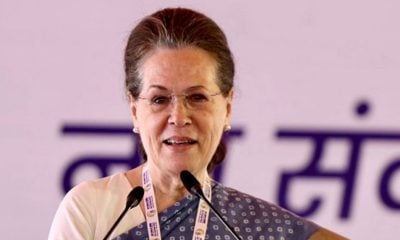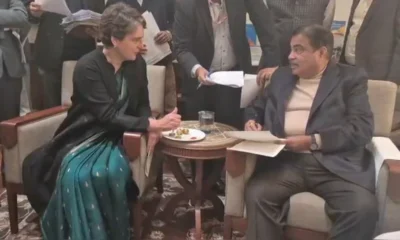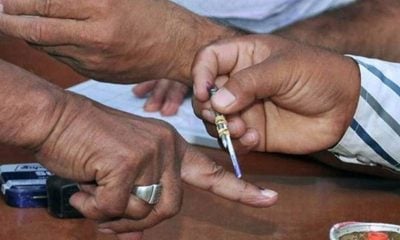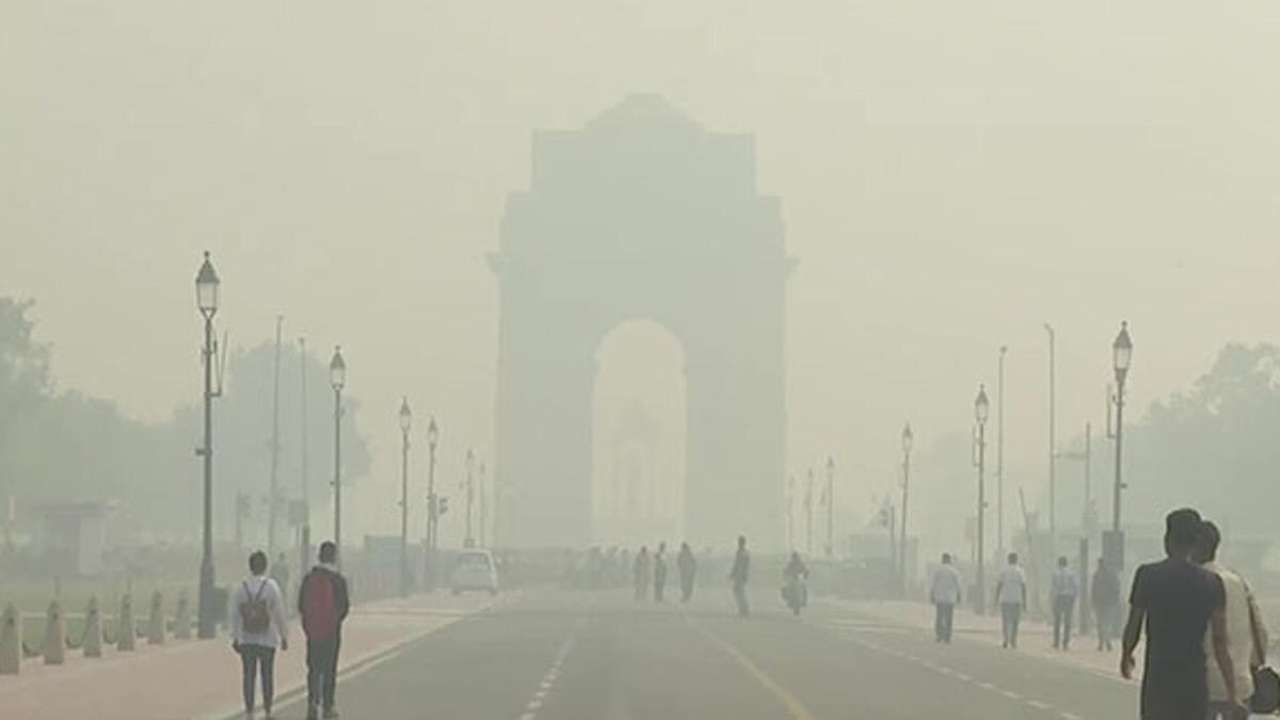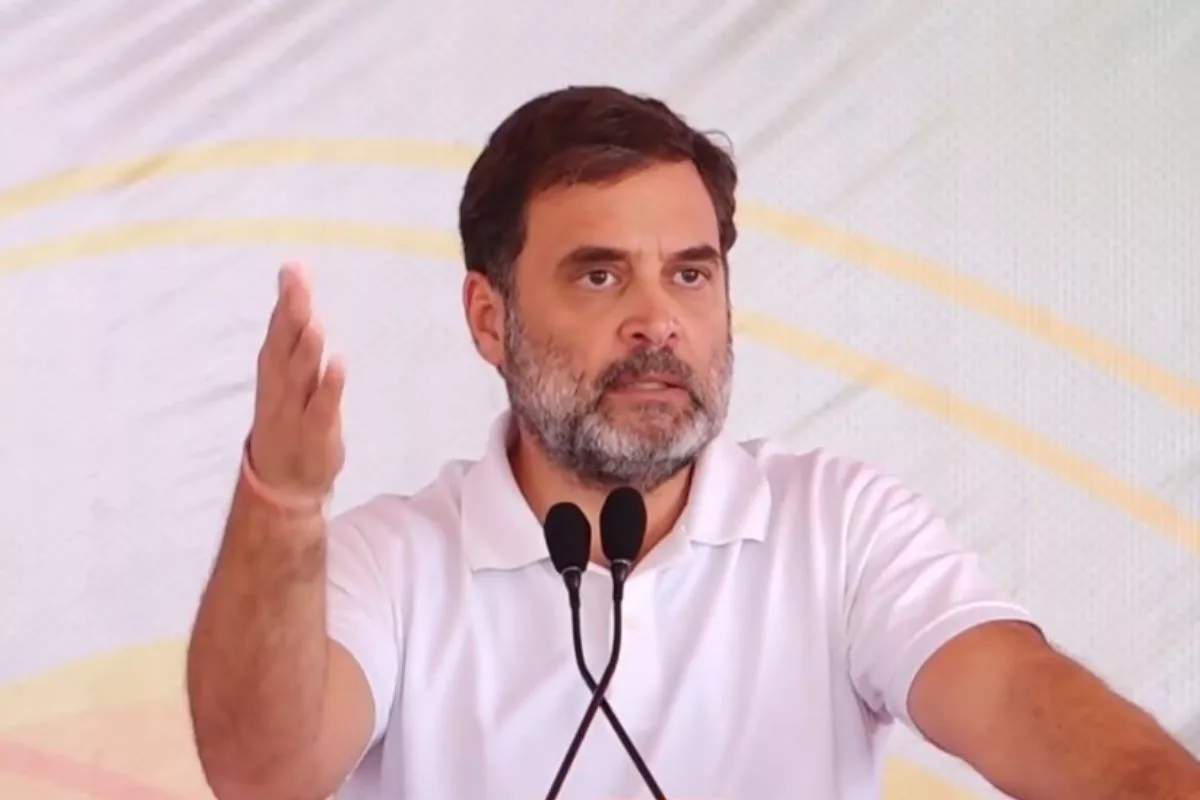[vc_row][vc_column][vc_column_text]This spring, various political parties went on social media with all guns blazing canvassing respective vote banks as well as undecided electors. While some parties like the AAP and the BJP had a strong and clearly-defined social media strategy, others, like BSP, were late jumping onto the bandwagon. However, all conducted a significant part of their campaign on social media.
Of the 121 crore (1.25 billion) Indians, 83.3 crore live in rural areas while 37.7 crore stay in urban areas. India’s literacy rate is 74.04%. India has over a billion smartphone users; of them, close to 30% own mobile phones. However, as of 2010, an estimated 200 to 300 million people in India (15 to 20 percent of the total population) lack electricity—to even charge those phone batteries. Under such circumstances, how impactful is a social media campaign? Actually, plenty, as the 2014 general election results and even some earlier assembly poll outcomes show.
But how effective have they been this time? How much of this ballot outcome was the result of a battle fought by various parties online? The figures speak for themselves.
Meanwhile, here’s a look at the online electoral campaigns of various political parties.
BJP
The social media campaign by BJP in the run-up of assembly elections in UP, Uttarakhand, Manipur, Punjab and Goa seems to have reaped rich dividends for the party. The campaign was handled by Amit Malviya.
The party conducted their social media campaign on Facebook and Twitter which managed to strike a chord with the followers. The Facebook handle of BJP which goes by the name by BJP4UP managed to garner over 20 lakh followers. The same handle by the name of BJP4UP in Twitter had 41,000 followers.
The Facebook account for the BJP in UP focussed on the achievements of the party in the last three years—especially in rooting out black money by launching the digital revolution in the wake of demonetisation.
Samajwadi Party
Twitter account: @samajwadiparty
589,000 followers
FB account: Samajwadi Party
1,775, 518 likes
The electoral campaign of the Samajwadi Party was designed by Harvard professor professor Steve Jarding. In an interview to APN, he had said a few days ago: “I am very impressed with Akhilesh. I have worked with him, travelled with him in the countryside…and think he can do whatever he wants. He is extremely talented. I am impressed with his wife. I am impressed with the way they have handled things, I am impressed with his vision which he did not waiver from. With his drive and passion for the people of India, his future is very bright.”
But it seems that the political strategist doesn’t have hand on the pulse of the electorate, or of social media needs.
It was a deadpan social media strategy. The staid posts on its Twitter and FB account are a reflection of the limbo that the party found itself in due to family strife. On the social media account of SP, all you get are pictures and videos of the various rallies that Akhilesh Yadav conducted. In this age of Twitter, when you have to grip reader’s attention in 140 characters, who has the time to go through the tedium of watching the whole video unless you it’s accompanied with some catchy phrases!
The tagline “Kaam bolta hai”, both on the masthead as well as in various tweets, didn’t help either. If only, it inspired quite a few jokes.
Saurabh Chauhan: Bhaiya agar kaam bolta toh mare hue saap ko Gale mai daal Kar ghumna nahi padta
(If work really speaks for itself, one wouldn’t have to go around with that albatross around the neck). The reference was in all likelihood to Rahul Gandhi.
4Bharat Jai: यही कारण है कि उत्तर प्रदेश के लोगों को अन्य राज्यों में रोजगार के लिए भीख मांगने के लिए जाना है, उत्तर प्रदेश के लोग उत्तर प्रदेश में रोजगार देने के लिए अखिलेश यादव से पूछना चाहिए- अखिलेश यादव ने 2012 से राज्य में सत्तारूढ़ है
(Which is why people from UP have to beg for work in other states. Akhilesh is in power since 2012. People from UP should demand work in UP)
But some were optimistic. Here’s a sample:
Mohammed Muzaffaruddeen: Akhileshji and Rahulji don’t believe these idiotic Exit polls. Advance congrats. Your parties will give a fitting defeat to these communal parties. Electronic media almost all channels will cut a sorry figure ultimately.
Pavanjot Singh Gandhi: Recently had the opportunity to drive through UP and that too after sunset left Delhi at 6.30 pm and drove to Patna Saheb on 3rd Jan 2017 lovely roads safe driving had enjoyed my drive driving all night passing Agra Kanpur alllabhad very safe driving well maintained roads
The website, though, is a far more informative platform and lists the SP achievements on the development and education front far more succinctly.
BSP
The Bahujan Samajwadi Party, led by Mayawati Prabhu Das, has a handsome number of followers on Twitter. With 15.7K followers, their Twitter handle is maintained by Afzal Siddiqui. Afzal was picked as the young Muslim face of Bahujan Samajwadi party and has been an active campaigner throughout the election session. The Twitter handle of the party was, however, created only recently—in March 2016. As in offline campaign, the party stuck to the strategy of wooing Muslim voters who might have gone to the SP or Congress camp. The Twitter trail repeatedly urged the Muslim voters of the area to remember the atrocities against them during the tenure of the SP government. At other times, they talked about voting in an inclusive government. The exit polls were not a favorite topic in the Twitter space. There are numerous posts questioning the efficacy of exit polls and reminding everybody of their shortcomings in the Bihar and Tamil Nadu elections.
AAP
Name of person handling the social media strategy: Ankit Lal
Name of accounts
@AamAadmiParty
Aam Aadmi Party (FB)
No. of followers on each
@AamAadmiParty 3.06 million
Aam Aadmi Party (FB) 3.01 million
Aam Aadmi Party-Punjab (FB) 9.6 lakh
Slogans:
Punjab: Kejriwal, Kejriwal, sara Punjab tere naal
Goa: Iss baar chalegi zhaadu
Social media strategy/campaign methodology
Campaign strategy was different for different states. For instance, Punjab has a lot of 4G connectivity; however, it is Goa which has more urban and social media-savvy voters. Again, Punjabis are more active on WhatsApp while Goans like to use Facebook more often. We focused on regional languages. We ran our campaigns in Konkani and Marathi in Goa, and in Punjabi in Punjab, with only a little bit of Hindi and English used in between. In Goa, we depended heavily on local volunteers.
Responses
The response has been “phenomenal”. No one among our rivals was even near to us in social media presence. I personally ran the campaign from Arvind’s page. Every day or two, we would post live videos. They got as many as 7-8,000 shares each and had a reach of 15 million viewers.
A well-wisher comments on Facebook: “It needs smartness, wisdom and the courage to sow the seeds of revolution but it needs a better sense of understanding, experience, responsibility and maturity to stick to the ideals and nourish the revolution to its successful conclusions. I do hope that under the able leadership of a leader like Mr Kejriwal, people will be able to succeed. I pray for it.” It possibly sums up what many supporters have been feeling, especially since the party came to power in Delhi.
Prediction of outcome at this stage
“I would go with 85% in Punjab and double digits in Goa.” ~ Ankit Lal
Congress
The social media campaign by the Congress in the run-up of the assembly elections in UP, Uttarakhand, Goa, Manipur and Punjab largely centred on enumerating the ill-effects of demonetization. Rahul Gandhi became the popular face on the social media campaign whereby most of the social media handles on Twitter and Facebook carried his speeches targeting Prime Minister Narendra Modi and his policies.
Compiled by Meha Mathur, Sucheta Dasgupta, Puneet Mishra, Usha Rani Das and Amitava Sen
[/vc_column_text][/vc_column][/vc_row]


 India News18 hours ago
India News18 hours ago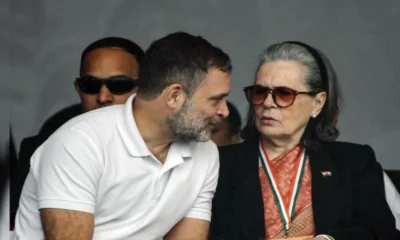
 India News21 hours ago
India News21 hours ago
 India News22 hours ago
India News22 hours ago
 India News19 hours ago
India News19 hours ago
 Entertainment19 hours ago
Entertainment19 hours ago
 India News1 hour ago
India News1 hour ago
 India News38 mins ago
India News38 mins ago
